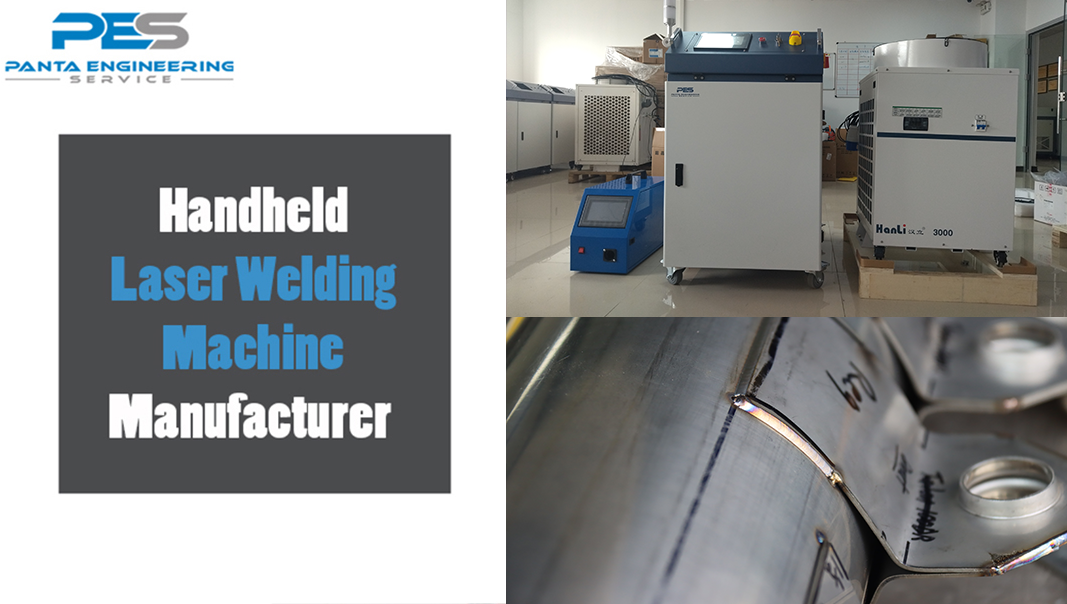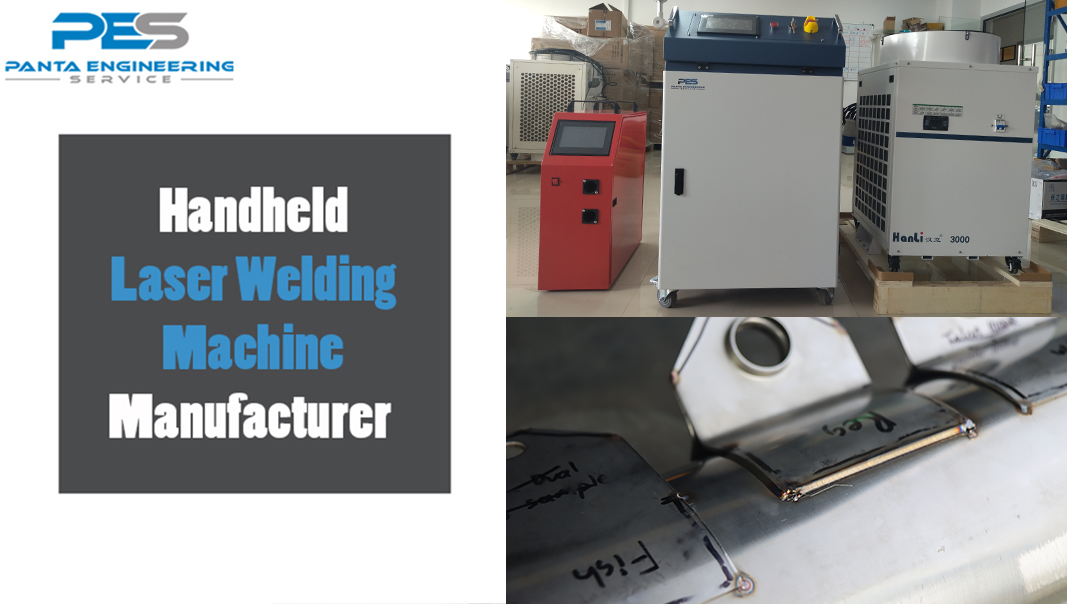Categories
New Blog
Several details that need to be paid attention to when using a handheld laser welding machine
Aug 10, 2023

With the deepening of industry applications, the technical level of welding technology has been greatly improved, among which the laser welding technology has developed rapidly. Laser welding machines can be used to weld places that cannot be welded by traditional argon arc welding processes and areas that cannot be touched. Hand-held laser welding is a new generation of welding technology that has emerged in recent years. Its main features are simple operation, low threshold for getting started, high welding efficiency, flexible equipment layout, and environmental protection. The handheld laser welding machine uses a high-energy-density laser beam as a heat source, and is an advanced precision welding equipment. The fiber laser welding machine is composed of a laser unit and a welding unit. It can take into account the flexibility, high efficiency and high weld quality of laser welding. It is a welding method that is currently popular among users. The handheld laser welding machine can effectively weld carbon steel, stainless steel, galvanized sheet and other metal materials, and is suitable for tailor welding, stitch welding, internal and external fillet welding, arc welding, and irregular shape welding.
The principle of laser welding is to convert electricity into laser laser high-temperature melting welding wire and base metal to achieve fusion effect. Due to the short time of the laser welding equipment, there are some problems in technology and welding process in many places. Now let's talk about the main problems existing on the equipment.
1.The protective lens of the welding torch head is consumed too much
The nozzle of the welding gun is downward in normal welding. If the vertical welding is welded from top to bottom, it may cause sparks to fall into the inside of the gun head and cause damage. Generally, the flat welding is to weld the gun head to the material at an oblique angle of 45° from front to back. It is recommended to replace the protective lens for the surrounding environment, and try to keep the outside of the gun head with masking paper. Avoid long-term use of dust into the interior.
2.The focusing mirror, reflector, and QBH lens are damaged
This is the main three lenses in the gun except for the fragile protective lens. If one of the three lenses is broken, the welding torch must be removed and mailed back to the manufacturer in a dust-free environment. Replace the lens, judge the damage of the lens, the power is insufficient, the laser is not focused and scattered, the welding tip is red hot, and the welding must be stopped when these conditions occur, and check whether the protective lens and other lenses are damaged.
3.The wire feeder is stuck
In the case of jamming, check whether the nozzle of the gun is unobstructed, whether the wire feeding tube is unobstructed, and whether the rotation of the wire reel is normal.The basic inspection is these places, especially for aluminum welding. Pay attention, it is thought that the hardness of aluminum material is low, so it is easy to cause jamming and poor wire feeding.
4. Cracks appear during welding
The cracks produced in continuous laser welding are mainly thermal cracks, such as crystallization cracks, liquefaction cracks, etc., which are mainly caused by the large shrinkage force of the weld before it is completely solidified. Measures such as filling wire and preheating can reduce or eliminate cracks.

5. Pores appear during welding
Pores are relatively easy defects in laser welding. The molten pool of laser welding is deep and narrow, and the cooling rate is very fast. The gas generated in the liquid molten pool does not have enough time to escape, which easily leads to the formation of pores. However, laser welding cools quickly, and the pores produced are generally smaller than traditional fusion welding. Cleaning the surface of the workpiece before welding can reduce the tendency of pores, and the direction of blowing will also affect the generation of pores.
6. Undercut occurs during welding
If the welding speed is too fast, the liquid metal at the back of the small hole pointing to the center of the weld has no time to redistribute and solidifies on both sides of the weld to form an undercut. If the assembly gap of the joint is too large, the molten metal of the caulking will be reduced, and it is easy to produce undercut. At the end of laser welding, if the energy drop time is too fast, the small hole is easy to collapse, resulting in local undercut. Controlling the matching of power and speed can well solve the undercut. If the welding speed is slow, the molten pool is large and wide, the amount of molten metal increases, and the surface tension is difficult to maintain the heavier liquid metal, the center of the weld will sink, forming collapses and pits. At this time, it is necessary to reduce the energy density appropriately to avoid The molten pool collapsed.